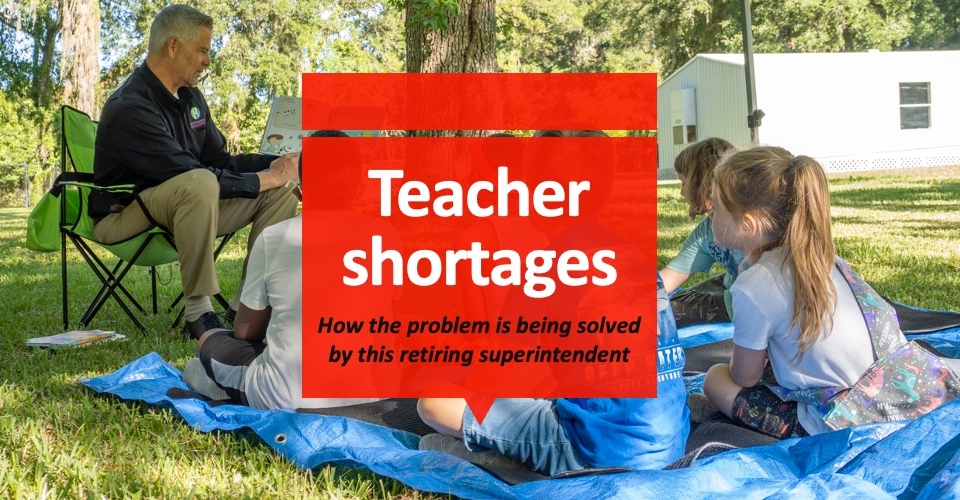As educators, we understand the vital role family engagement plays in fostering student success. A recent Learning Heroes report revealed that “schools with stronger family engagement before the pandemic experienced better-than-expected attendance, achievement and school climate outcomes post-pandemic.”
Strikingly, the impact of robust pre-pandemic family engagement was comparable to “replacing over half of the prior school year with in-person instead of remote learning.”
These findings underscore that consistent communication and collaboration between schools and families are truly some of the strongest predictors of academic achievement and engagement, especially in the wake of the pivotal disruptions caused by COVID-19 which have left many students in need of additional learning recovery and support. In this era of persisting pandemic impacts, the summer months take on profound importance as an invaluable opportunity to reinforce core skills, explore new interests and maintain hard-earned academic momentum.
‘Talking Out of School’ podcast: Why the Universal Design for Learning is so powerful
So how can we facilitate this continuity of learning and sustain family engagement throughout the summer? The answer lies in leveraging creative communication strategies to nurture students’ curiosity through low-lift, high-impact activities.
Establishing consistent two-way communication channels is key. Interactive platforms like video messaging, social media, e-newsletters and even physical mailers reinforce the benefits of daily attendance, highlight enrichment opportunities and resources and establish a connection that’s essential for keeping kids in school.
Crucially, we can educate new families on establishing good attendance habits early by sharing data that clearly links attendance to achievement. Kindergarten parents and caregivers, for example, need to know before the school year begins that missing even one day of school impacts their child’s ability to stay on track with the class.
Even during summer, educators can shape the journey of lifelong learning by providing optional reading lists with video commentary, sharing engaging puzzles or prompts for skills practice and highlighting community events and resources that spark curiosity. Technology enables sharing read-alouds, podcasts, nature observations and hosting virtual meetings—allowing educators to remain a consistent mentor presence.
The summer months can also present health and safety challenges for many families. With the pause in school meal programs, lack of access to nurses and potential for children to be unsupervised while parents and caregivers are at work, it’s important we provide guidance to help families navigate this transition. Sharing information on local summer meal site locations, tips for sun safety, bike helmet use, water safety procedures and more communicates that we care about students’ overall well-being year-round. These simple acts help ensure students can return to the classroom healthy, nourished and ready to learn come fall.
The Learning Heroes study reveals that “the powerful relationship between family engagement and student outcomes applied to a diverse range of schools,” holding true whether high- or low-income, elementary or high school, urban or rural. With such stark evidence that “strong family engagement in 2019 is consistently associated with better student engagement and learning outcomes in 2022,” we must prioritize removing any barriers to involvement this summer and beyond.
Ultimately, the greatest “summer slide” to overcome is the very notion that learning must pause between school years. Our role as educators is to inspire students to embrace the lifelong journey of intellectual growth by tapping into their innate sense of curiosity about the world around them. We can model this mindset of passionate, joyful discovery through our own summer actions and interactions with students and families.
Let’s carry forward the empowering mindset that every day brings opportunities to grow, create and be curious. By reframing summer as an integral part of the learning journey, facilitating meaningful two-way communication and serving as guides toward lifelong learning, we can inspire students and families to approach the summer months as an enriching season of exploration and self-discovery.
If you only take one step this summer, prioritize frequent communication with families— share engaging learning resources, check in on their needs and reinforce the importance of establishing positive attendance habits early. Consistent outreach lays the groundwork for a strong family-school partnership that pays dividends in students’ overall achievement and well-being. When educators and families work hand-in-hand to nurture curiosity year-round, all students can continue along their journey as passionate lifelong learners.









